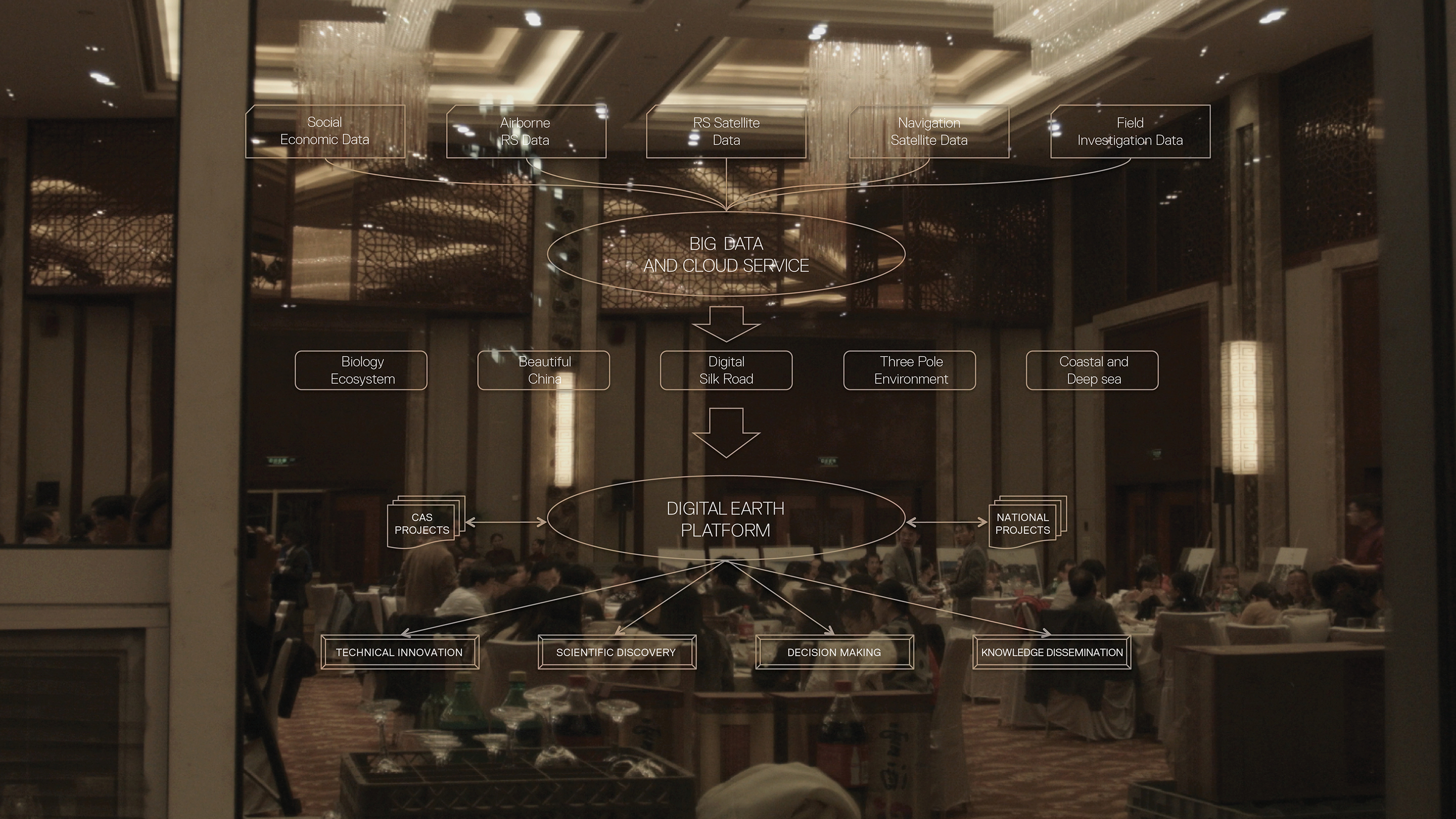See Digital Belt and Road, “The 3rd Digital Belt and Road Conference: Programme,” November 27, 2018, ➝.
See Markku Kulmala et al., “Introduction: The Pan-Eurasian Experiment (PEEX)—multidisciplinary, multiscale and multicomponent research and capacity-building initiative,” Atmospheric Chemistry and Physics 15, no. 22 (November 2015).
Ting Shi, “10,000 Kilometers of Fiber-Optic Cable Show China’s Interest in Warming Arctic,” Bloomberg, December 13, 2017, ➝.
Yu Guangyuan, “The Smallness of the Earth and the Largeness of the Earth—A Grand Idea on 21st Century Construction (1996),” in A Philosophical School is Rising in China (Nanchang: Jiangxi Science and Technology Press, 1996).
Yu Guanquan, “The environment should be quantitatively measured,” in Chinese Economists on Economic Reform—Collected Works of Yu Guangyuan, ed. China Development Research Foundation (New York: Routledge, 2014) 64–68.
Al Gore, “The Digital Earth: Understanding our planet in the 21st Century,” The Australian Surveyor 43, no. 2 (June 1998): 89.
Gore, “The Digital Earth.”
“Background,” Digital Belt and Road, n.d., ➝.
See Erik Swyngedouw “Trouble with Nature: ‘Ecology as the New Opium for the Masses’” (PowerPoint presentation, The Second Meeting of the Human-Nature Platform, Lausanne, July 1, 2013), ➝.
T. J. Demos, Against the Anthropocene. Visual Culture and Environment Today (Berlin: Sternberg Press: 2017), 28.
Wen-Rui Hu, ed., Space Science in China (Amsterdam: Overseas Publishers Association, 1997), 208–212.
We thank Jussi Parikka for his generosity in many conversations during this research under the Digital Earth fellowship. Jussi Parikka, Solveig Suess, Asia Bazdyrieva “Geocinema in conversation with Jussi Parikka,” July 17, 2019, in Digital Earth, podcast, MP3 audio, 43:32, ➝.
Sean Cubitt, “Three Geomedia,” Ctrl-Z: New Media Philosophy 7 (May 2017), ➝.
Cubitt, “Three Geomedia.”
Jennifer Gabrys, Program Earth: Environmental Sensing Technology and the Making of a Computational Planet (Minneapolis: University of Minnesota Press, 2016), vii.
We thank Dr. Monthip Sriratana, the Director of the Digital Belt and Road International Centre of Excellence (ICoE Bangkok) and the Director of Climate Change Research Strategy Center of the National Research Council of Thailand, for his generous welcome and conversation during our research in Thailand.
Conversation with Dr. Monthip Sriratana.
Huadong Guo et al., “Big Earth Data: a new challenge and opportunity for Digital Earth’s development,” International Journal of Digital Earth 10 (November 2017): 1–12.
Michael F. Goodchild et al., “Next-generation Digital Earth,” Proceedings of the National Academy of Sciences 109, no. 28 (June 2012): 11,092.
Nick Couldry and Ulises A. Mejias, The Costs of Connection: How Data Is Colonizing Human Life and Appropriating It for Capitalism (Stanford: Stanford University Press, 2019), xii.
